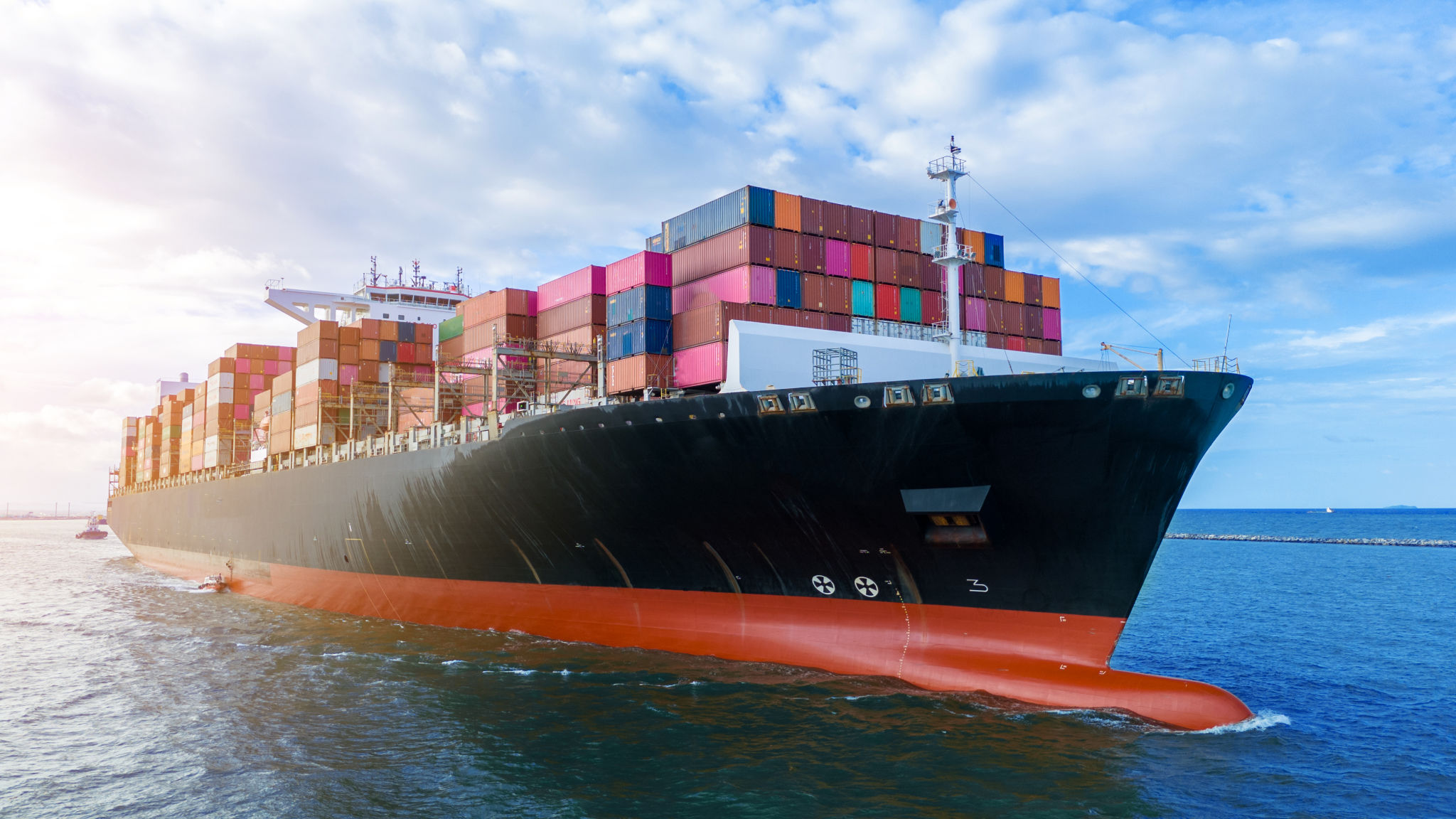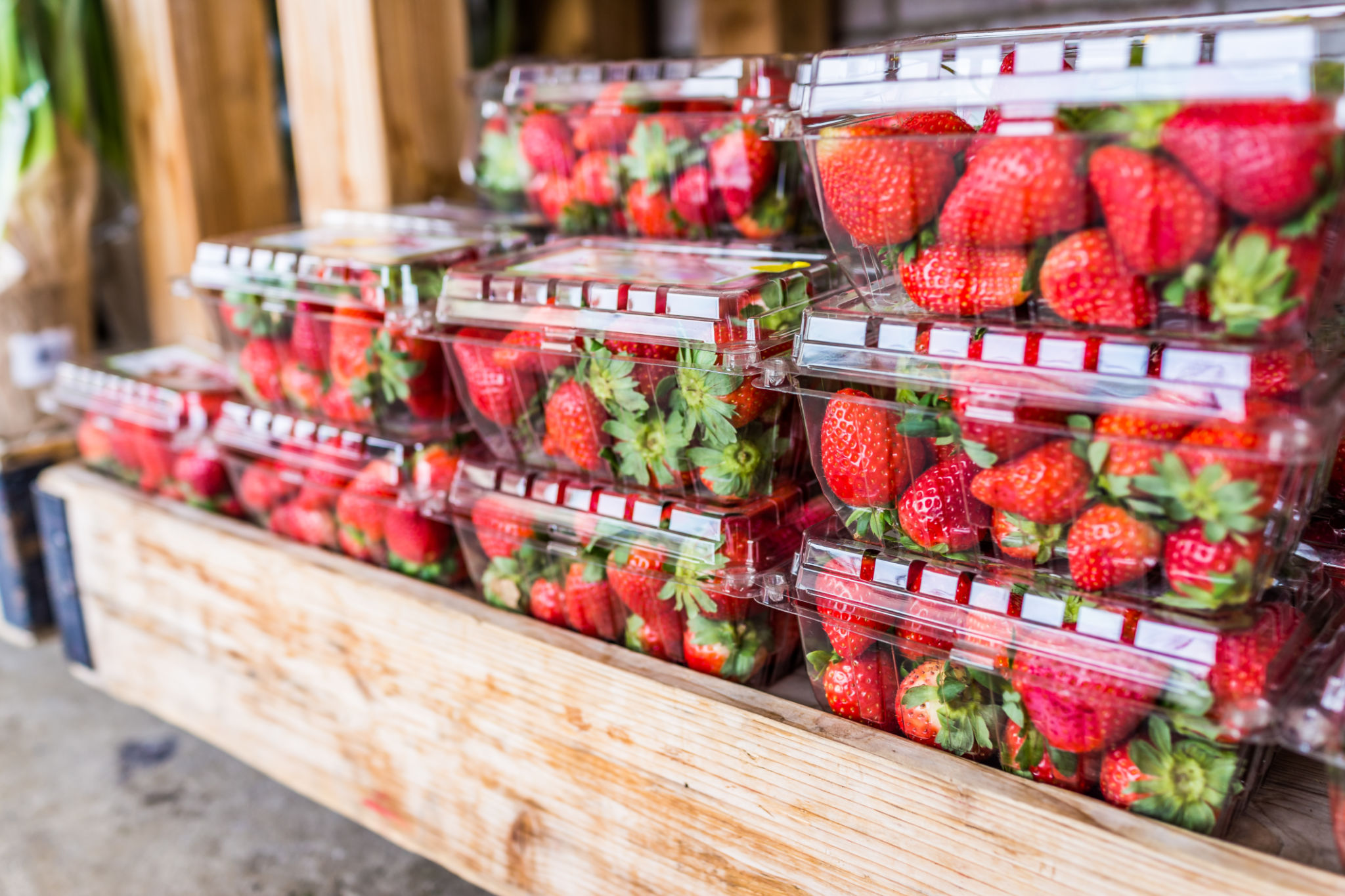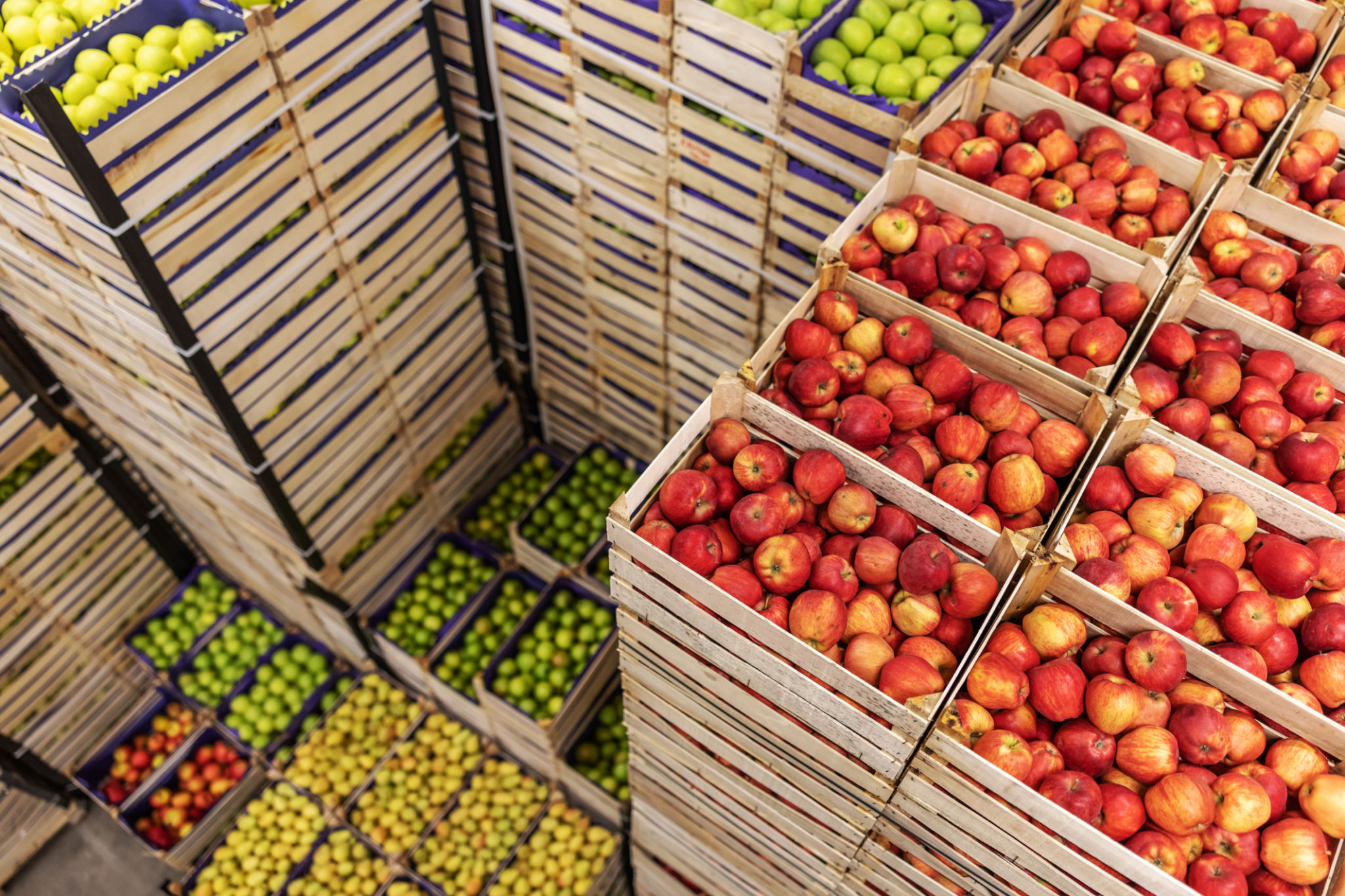Container Shipping 101: Ensuring Freshness in Long-Distance Fruit Exports
Understanding the Basics of Container Shipping
When it comes to exporting fruits over long distances, maintaining their freshness is crucial. Container shipping plays a vital role in this process, providing a reliable means to transport perishable goods across the globe. Understanding how container shipping works is the first step in ensuring the fruits reach their destination in optimal condition.
Container shipping involves the use of large, standardized containers that can be easily transferred between different modes of transport, such as ships, trucks, and trains. These containers are designed to protect the contents from external elements, making them ideal for transporting perishable items like fruits.

The Role of Temperature Control
One of the most critical factors in preserving the freshness of fruits during shipping is temperature control. Fruits are highly sensitive to temperature fluctuations, which can lead to spoilage. To mitigate this risk, refrigerated containers, also known as "reefers," are used. These containers are equipped with advanced cooling systems that maintain a consistent temperature throughout the journey.
The optimal temperature setting depends on the type of fruit being transported. For example, bananas require a slightly higher temperature compared to apples or berries. Shipping companies work closely with exporters to determine the best temperature settings for each shipment, ensuring that the fruits remain fresh and flavorful upon arrival.

Importance of Humidity and Ventilation
Apart from temperature, humidity and ventilation are also crucial in maintaining fruit quality during transport. High humidity levels can lead to mold growth and decay, while inadequate ventilation can cause ethylene buildup, accelerating fruit ripening.
Reefers are designed with humidity control systems and ventilation features that help regulate these factors. Proper airflow within the container prevents the accumulation of harmful gases and ensures that the fruits remain fresh throughout their journey.
Packaging Techniques for Maximum Freshness
Even with advanced container technology, proper packaging is essential for preserving fruit quality. Packaging techniques vary depending on the type of fruit, but some general practices include using breathable materials and cushioning to prevent bruising.
Exporters often use innovative packaging solutions such as modified atmosphere packaging (MAP) or controlled atmosphere packaging (CAP). These methods help extend shelf life by altering the composition of gases within the packaging, slowing down the ripening process and reducing spoilage.

Ensuring Compliance with International Standards
When exporting fruits internationally, compliance with various regulations and standards is imperative. Different countries have specific requirements related to food safety and quality. Exporters must ensure their shipments meet these standards to avoid delays or rejections at customs.
This involves obtaining necessary certifications, adhering to phytosanitary measures, and maintaining detailed documentation. Working with experienced logistics partners can help navigate these complex requirements and ensure smooth transit through international borders.
The Impact of Technology on Container Shipping
Technology continues to revolutionize container shipping, offering new ways to monitor and manage fruit shipments. IoT devices and sensors can track temperature, humidity, and location in real-time, providing exporters with valuable data to ensure optimal conditions throughout transit.
Furthermore, blockchain technology is being explored to enhance transparency and traceability in the supply chain. By providing an immutable record of each shipment's journey, blockchain can help verify compliance and build trust with importers and consumers alike.

Choosing the Right Logistics Partner
Selecting a reliable logistics partner is crucial for successful fruit exports. A reputable partner will have a proven track record in handling perishable goods and a deep understanding of international shipping regulations.
Exporters should look for partners who offer end-to-end services, including temperature-controlled transport, warehousing, and customs clearance. A comprehensive solution ensures that every aspect of the shipping process is managed efficiently, reducing the risk of delays or spoilage.
Conclusion: The Future of Fruit Exporting
As global demand for fresh produce continues to rise, exporters must prioritize freshness in their shipping strategies. By leveraging advanced container technology, adhering to international standards, and embracing innovations in logistics, they can ensure that their fruits arrive at their destinations in prime condition.
The future of fruit exporting lies in continuous improvement and adaptation to new technologies. With a focus on quality and efficiency, exporters can successfully meet the challenges of long-distance fruit shipping while satisfying consumers' growing appetite for fresh produce worldwide.

